The Most Common Types of Fossils — Finding Ancient Life Reserved in Rock
Fossils come in numerous forms and shapes, and contrary to popular belief, there’s much more to fossils than just dinosaur bones buried underground. There is an immense diversity among fossils, both in the types of organisms they preserve and the fossilization process.
Although the rarity of different types of fossils can vary drastically from one area to another, if we’re talking about organisms, the most common fossils include:
- Ammonites;
- Bivalves;
- Trilobites;
- Belemnites;
- Brachiopods;
- Corals;
- Crinoids.
Other fossils that are relatively common in a few parts of the world include shark teeth, sea urchins, and, of course, dinosaur parts. If you look at things closely, you’ll see that the vast majority of fossils are marine fossils (and there’s a good reason for that, as we’ll see).

However, if we’re talking about the types of fossils, geologists typically classify them in a different fashion:
- Body fossils (also called true form fossils) — when an organism or a part of the organism is conserved is physically conserved.
- Recrystallization fossils — when hardened body parts are conserved, but go through a process of recrystallization — becoming a different mineral but with the same chemical structure (for instance, from calcite to aragonite).
- Casts or molds — imprints left by body parts in the soil that surrounded the body parts. The imprint could be of the outside or inside of a shell, for instance, and these imprints can look strikingly similar to the original body part.

- Trace fossils — traces left behind by different creatures. They can be dinosaur tracks, trackways from slug-like animals, or even burrows.
- Coprolites — fossilized feces. Rocky, not yucky.
- Amber fossils — organisms (typically insects) preserved in the hardened resin of trees.
- Microscopic fossils — although they’re technically conserved through the same processes, microscopic fossils aren’t visible with the naked eye, but they’re extremely useful
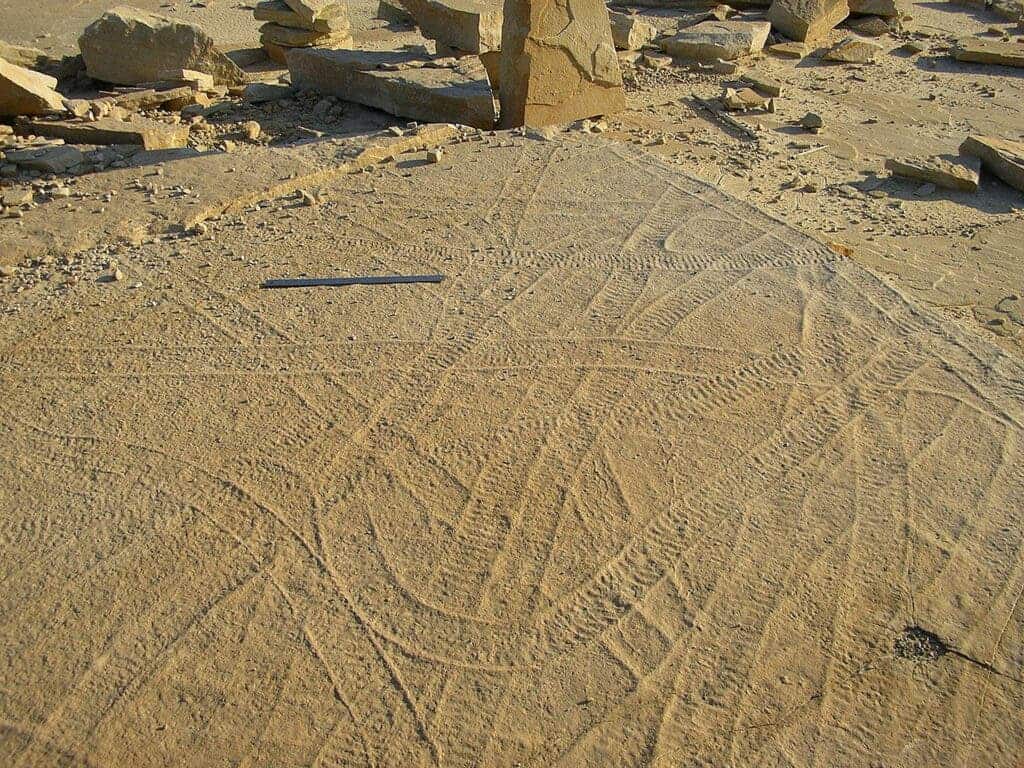
To be fair, no classification can ever do justice to the assortment of fossils our planet hosts, but once you get a good look at the world of fossilization, things start to fall into place.
Why fossils are important
There are many different ways to look at fossils. For the Ancient Greeks and other populations, fossils were a source of inspiration, alluding to monsters and mythical creatures of lore.
Fossils appear to have directly contributed to the mythology of many civilizations, but the Ancient Greeks had at least some idea that fossils may belong to actual creatures.
The famous Greek scholar, Aristotle noted that fossil seashells from rocks were similar to those found on the beach, and speculated that fossils were remains of ancient life. Fast forward over a thousand years, and Leonardo da Vinci finds himself concurring with Aristotle’s views. Furthermore, da Vinci found evidence against the narrative that the biblical flood was responsible for fossils.
“If the Deluge had carried the shells for distances of three and four hundred miles from the sea it would have carried them mixed with various other natural objects all heaped up together; but even at such distances from the sea we see the oysters all together and also the shellfish and the cuttlefish and all the other shells which congregate together, found all together dead; and the solitary shells are found apart from one another as we see them every day on the sea-shores,” da Vinci famously wrote.

Our understanding of fossils improved gradually and slowly over the course of centuries, and, by the time of Darwin, some naturalists supported the idea that fossils are ancient animals that lived on Earth. In fact, the fossil record was one of the key elements supporting the theory of evolution, which ended up revolutionizing biology. The famous Archaeopteryx fossil pictured above helped researchers understand how dinosaurs evolved into birds. Simply put, by studying fossils, we can understand how ancient life evolved overs hundreds of millions years to our very own species.
Fossils also turned out to be very important in proving another pivotal geological theory: plate tectonics. A German researcher called Alfred Wegener analyzed the distribution of fossils on continents and found strong evidence that the continents were joined together at one point.
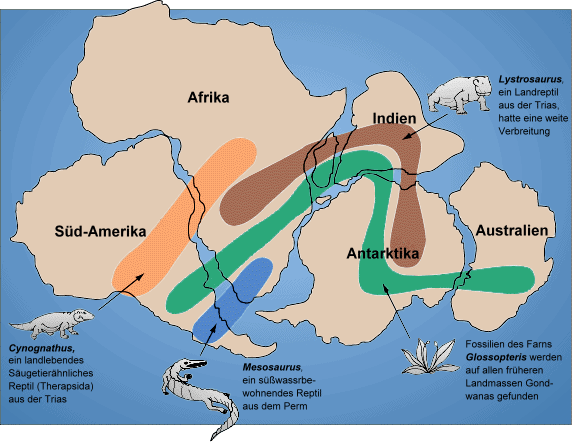
Fossils are also used to date the rocks in which they were found. Some fossil species serve as an index for the period they lived in — if you find an index fossil, you can date the fossil and the rock formation the fossil was found in. Microfossils are also used in resource exploration, particularly fossil fuel exploration. Microfossils also provide some of the most important information regarding global environmental change on a geological time scale.
So there are very practical uses for fossils, and they can offer valuable information, but you can still truly appreciate fossils without going into all of that.
Why so many fossils are sea creatures
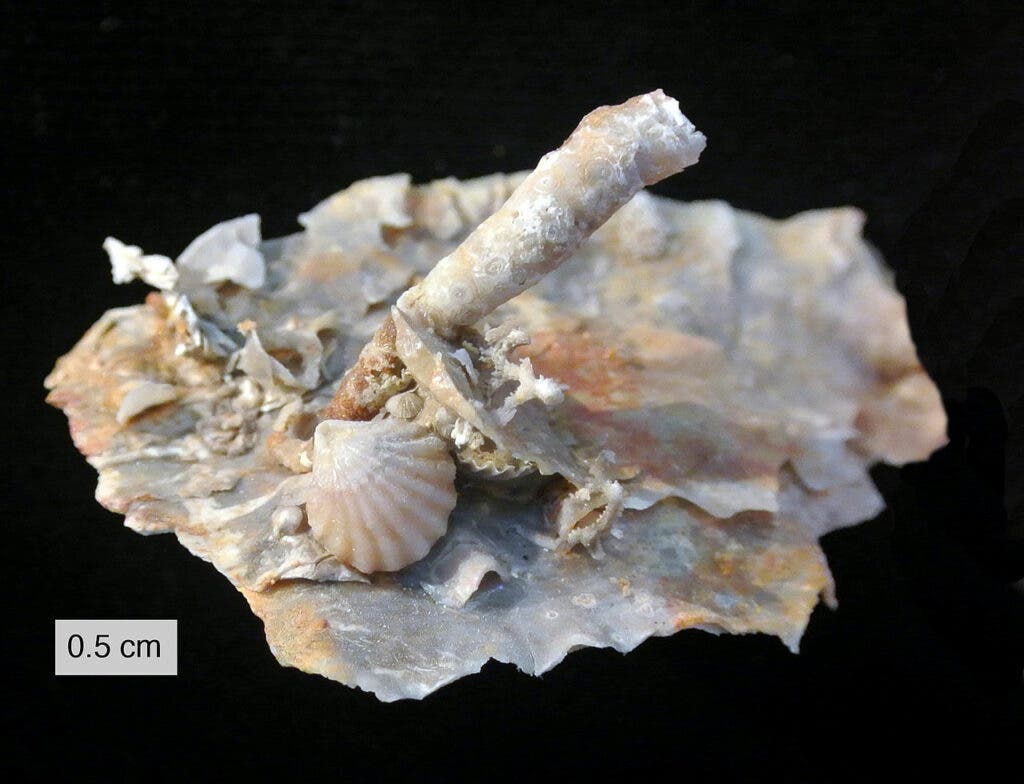
If you think about it, most of our planet is covered with water. Furthermore, the land-ocean distribution isn’t always the same. We’ve briefly mentioned that fossils offered supporting evidence for plate tectonics; this theory of plate tectonics means that the Earth’s surface isn’t fixed — instead, the planet’s crust is split into rigid plates that are moving at a rate of a few centimeters per year. So what is dry land today may have been underwater at some point, and vice versa.
But that’s far from the only reason why so many fossils are sea creatures. Soft parts of creatures almost never fossilize, it’s only the skeleton or some imprints that commonly get fossilized. But even for the skeleton to fossilize, very specific conditions need to be ensured.
For instance, in order for a fossil to form, it generally needs to be preserved by a quick burial in soft material, and not disturbed for a sufficient period — which makes the seafloor an ideal place for fossilization. It is usually soft, so when a creature falls, it can be easily buried and preserved for millions of years, after which erosion can expose it back to the surface, where you or I might come across it.
What typically happens, however, is not that the skeleton itself is preserved. Rather, after the skeleton is buried, it is slowly dissolved by seawater, leaving behind a cavity that follows its shape — this is the natural mold.
Many fossils of shelly organisms (e.g., bivalves, gastropods, brachiopods, cephalopods) have had the original hard parts dissolved away, and what we see is an imprint formed thusly. The mold can be both external and internal (as below).
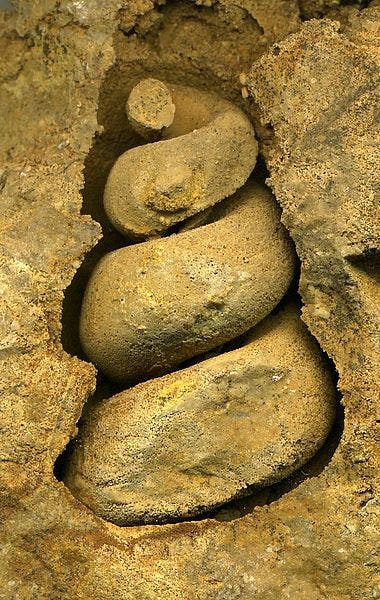
Life also began in the sea, which means there are hundreds of millions of years in which life thrived in the sea, but there was no macroscopic life on dry land. In addition, a lot of sea creatures have hard shells, which gives them a greater chance of being fossilized.
Alternatively, fossils can also be recrystallized. The common example here is when the shells of marine creatures change from calcite to aragonite. These two minerals have the same chemical formula (CaCO3), but different crystalline structures.
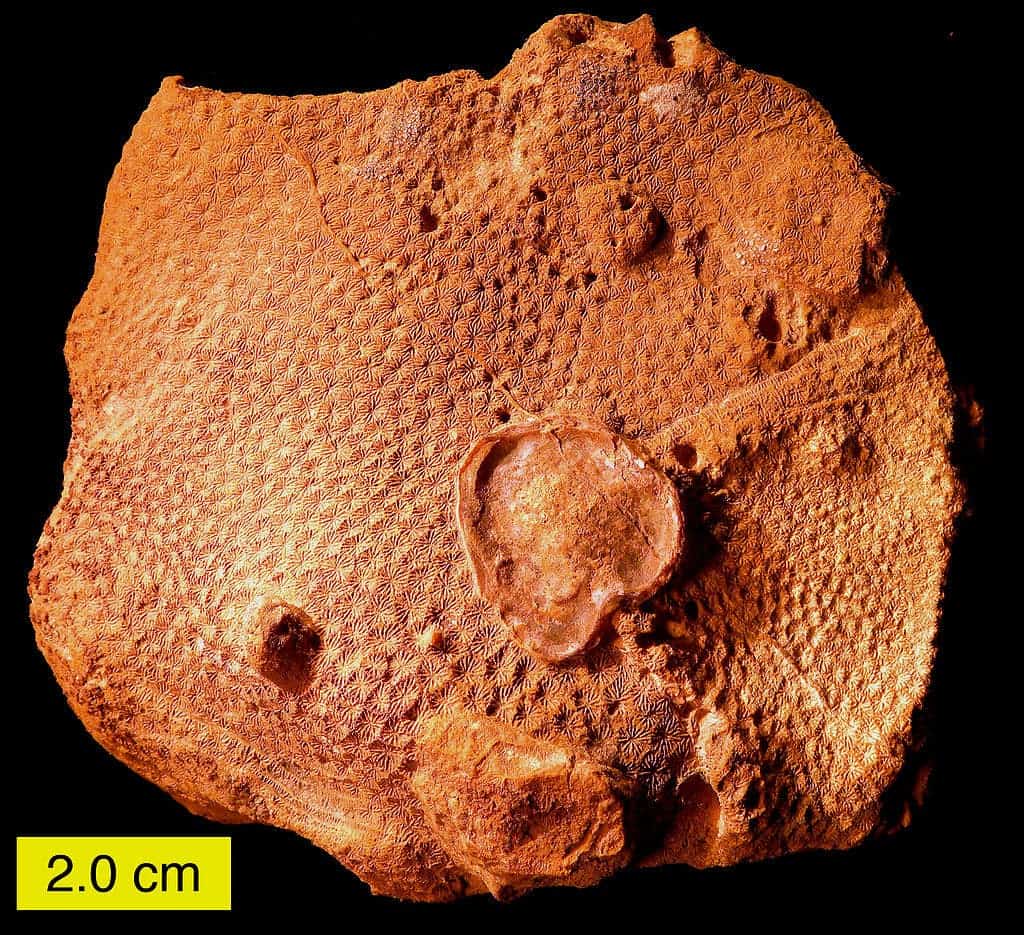
What fossils you are most likely to find
The most common types of fossils depend greatly on your geography — what’s common on the coast of England might not be common in the center of the US. Nevertheless, some groups tend to be more common than others.
This is not meant to be an exhaustive description of the common types of fossils, just a general heads-up on what you might encounter.
Ammonites and belemnites
Ammonites are a group of extinct marine molluscs and one of the absolute classic fossils. They have a distinctive coiled shells that tend to look something like this:

Ammonites can vary greatly in size, and they are not always visible on the surface — sometimes they can be found inside limestone nodules. The majority of ammonites are found in limestone, and if you start fossil hunting, there’s a big chance you’ll come across one sooner or later.
Belemnites are another emblematic type of fossil. They are squid-like cephalopods, and the belemnite fossils have a distinctive bullet-like shape. Anytime you find a fossil that looks like this, it’s quite possibly a belemnite.

Corals and bivalves
We’ll continue our incursion into marine fossils with corals — while ammonites and belemnites have both been extinct since the Mesozoic 66 million years ago, corals are still alive and well today. Well, maybe not exactly ‘well‘, but corals are still far from extinct, which is absolutely stunning considering that they first evolved 535 million years ago. It can be more difficult to recognize coral fossils because they can be different based on how they are fossilized: you can find individual corals (as below), or groups of corals seen from above or even sideways.

Bivalves are also some of the most common types of fossils — and they’re also very easy to recognize because they look much like the ones we see on the beach today. There are many different types of bivalves with different geometries, but it’s probably safe to say that even to the untrained eye, a bivalve fossil will be pretty easy to spot. These fossils also tend to be on the surface of rocks, so you may have an easier time finding them.

Fish fossils, shark teeth
Fish fossils are not very common, but a lot of them tend to be concentrated in specific places — if you happen to be close to one of those places, good for you. If you get a bit lucky, you may find something like this.

You probably have better odds at finding a shark tooth, however. Sharks lose teeth all the time, either biting prey or doing other shark things, but that’s not a problem for them — they constantly grow others. That’s good news for fossil finders, who may find:
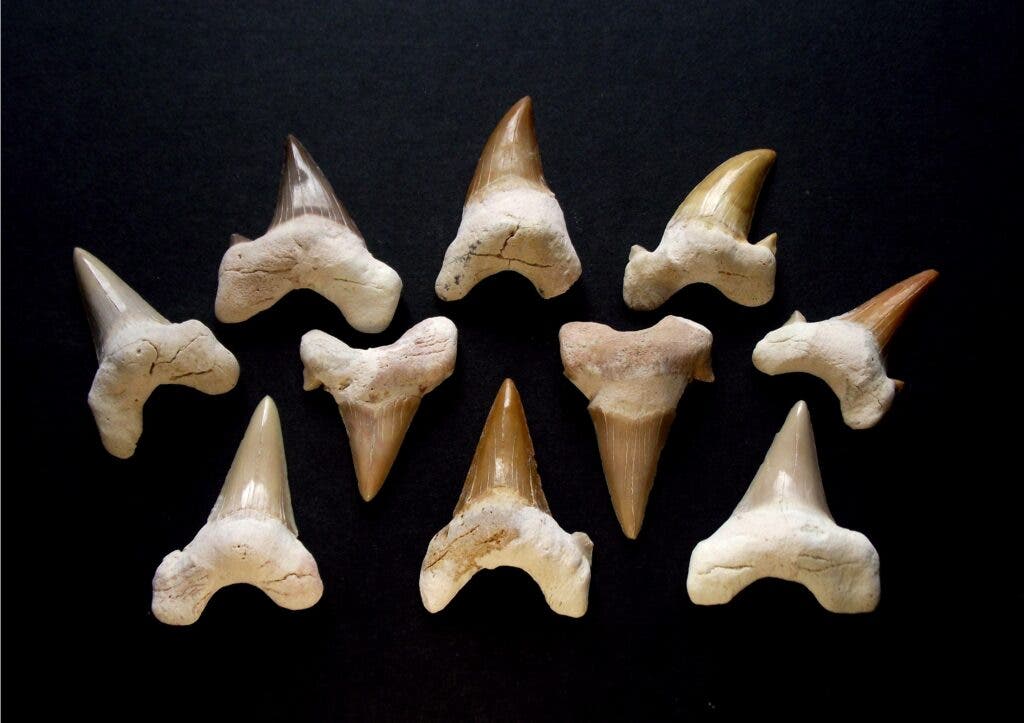
Plant impressions and trace fossils
Plant fossils are rather difficult to find, but we couldn’t go through this list without at least mentioning them. Delicate and fragile, it is very rare for plants to leave behind fossilized impressions, which makes them all the more special.

Also, no preliminary guide about fossils would be complete without trace fossils. These can take a number of shapes and sizes (from footprints and drag marks), and can sometimes be a bit abstract, like below:

Gastropodes and petrified wood
Gastropods are another staple of fossil hunters. Again, you can find them in different shapes and sizes, either embedded into rock or standing out a bit. Their spiral shells, much like that of modern gastropods, is a distinctive tell.

Much like fossilized plants, fossil wood (called petrified wood) is very hard to come across, but it’s worth mentioning because it can be so spectacular. Molecule by molecule, the organic materials making up the wood’s cell walls have been replaced by minerals.
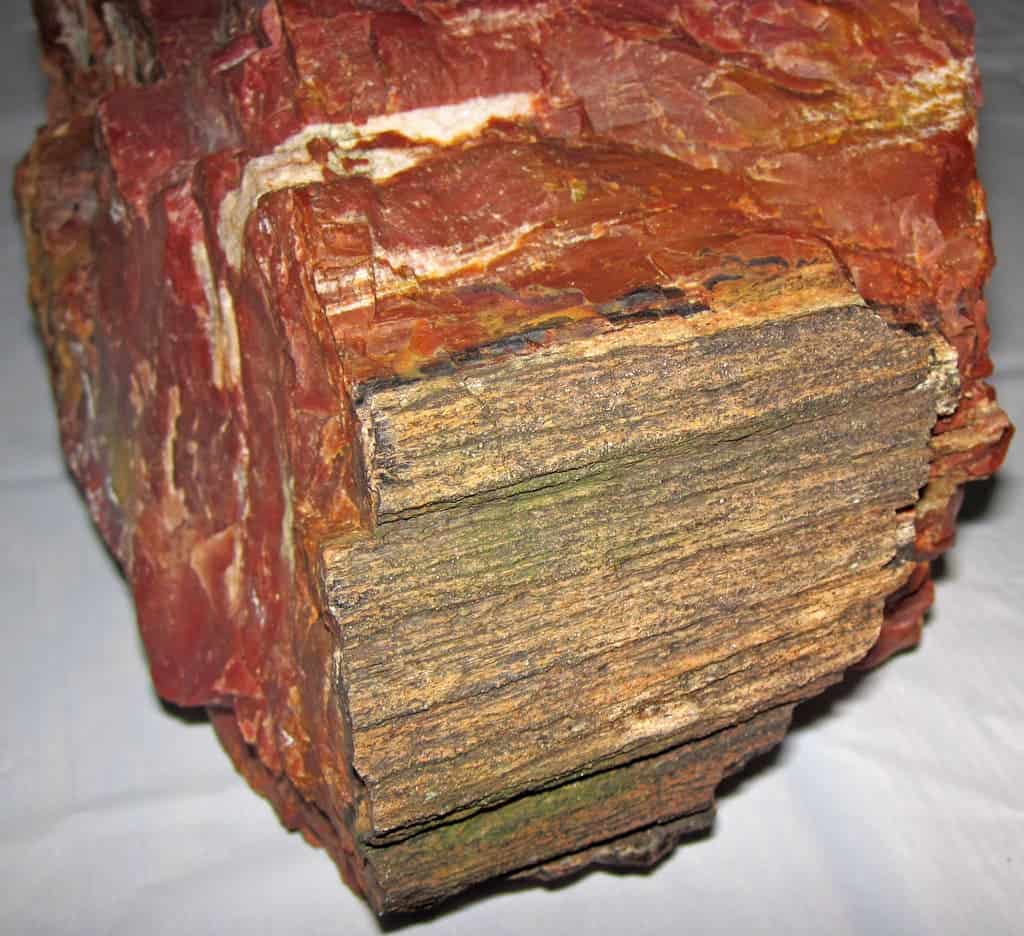
Tips for fossils hunting
If you’ve made it thus far, you’ve probably had enough of theory. So how do we make things practical and find our own fossils?
Fossil hunting starts before you actually leave your home: and that’s doing a bit of research. If you go around knocking random rocks, the odds are you’re not gonna find all that much. So the best thing to do is a bit of research beforehand and see what may be good fossil spots near you.
The first step is to look at the geology: fossils are found in sedimentary rocks, so your best bet is to look in rocks like limestone or sandstone — basalts and granites will never have fossils.
The next step is to find possible sites. Unless you really know what you’re doing, you’re much better off finding an established fossil site. Wikipedia has a basic starting list and there are several interactive maps you can use to find inspiration. But your best option might be simply googling around for fossil sites close to you, or perhaps looking on the website of geological services such as the USGS.
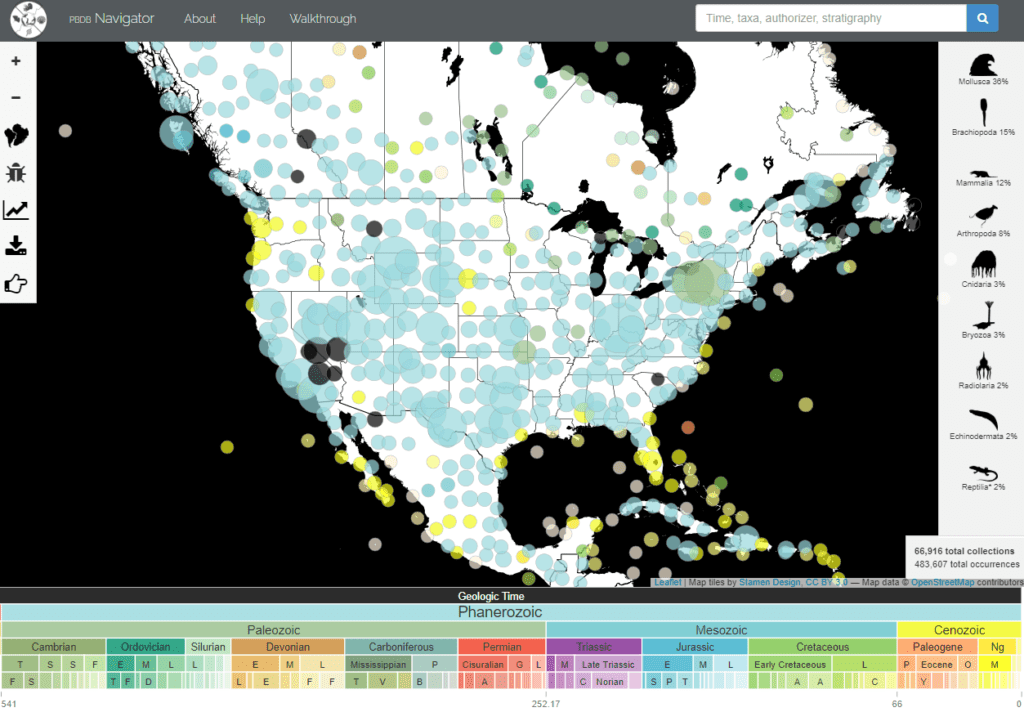
Settle on a place and look it up, see what you can expect in terms of relief, type of fossils you may find, and anything that might be relevant. You can go deep and do a lot of research or just google some images — both work, just find whatever works and is enjoyable for you.
Then, once you decide on a site or two, here’s what you do:
- See what is and isn’t allowed. Many natural or national parks have regulations on how people can go fossil hunting. For instance, you may be allowed to look for fossils but not to smash rocks with a hammer, or you may not even be allowed to take any fossils you find. So once you have identified a spot you’d like to visit, see what the local rules are and do respect them.
- Be aware of your surroundings. Fossils can often be found in wild, beautiful places. This is great because even if you don’t find any fossils, you’ll end up spending your day in a great place, but it also warrants attention. Take note of your position and be careful not to get lost or hurt.
- Dress and prepare appropriately. Are you going to a mountainous area? Boots are a must. The beach? Use sunscreen and a hat. Look at the weather forecast and prepare for it. Pack food and especially water.
- Be considerate. Some fossil spots can get crowded, others can be in the wild, but there’s never a good reason not to be nice. People can enjoy nature in different ways. Keep nature clean and don’t go randomly smashing things.
- Develop a fossil-hunter’s eye — look closely and double-check everything. Skill comes with experience, don’t get discouraged if you don’t find much at first. Look at individual rocks carefully, and not just a first glance — double-check and try to truly look closely.
- Finding a mentor or a friend to go with you can make all the difference. Of course, having a mentor to show you the practicalities of fossil hunting can be of tremendous help.
- Enjoy yourself! Remember, this is all about enjoying yourself in nature. You’re looking for organisms that lived millions and millions of years ago, and that’s pretty awesome.
If you do find anything, do share it with the rest of us!

Comments
Post a Comment